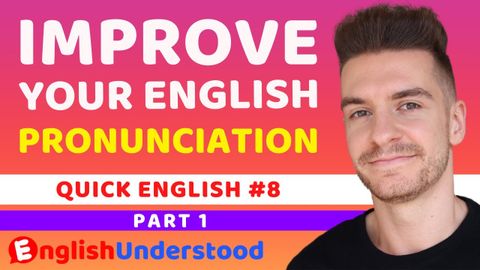【発音練習】3分間でネイティブの発音を身につけよう!
nao が 2021 年 07 月 20 日 に投稿  この条件に一致する単語はありません
この条件に一致する単語はありませんUS /prəˌnʌnsiˈeʃən/
・
UK /prəˌnʌnsiˈeɪʃn/
- n. (c./u.)発音;正確な発音;発音の仕方;発音ガイド
US /prɪˈtɛnd/
・
UK /prɪ'tend/
- v.t./i.ふりをする
- adj.見せかけの : 偽りの
- n. (c./u.)見せかけ : 偽り
US /ɪmˈpruv/
・
UK /ɪm'pru:v/
- n. (c./u.)(ある土地に)生まれた人;全国の;(ある言語を)第一言語とする人
- adj.生まれつきの
エネルギーを使用
すべての単語を解除
発音・解説・フィルター機能を解除
